Sori Yanagi's designs are more than just butterfly stools
You can't see any traditional Japanese elements, but you can smell the fragrance of oriental cultural aesthetics. Don't look at the era or place where it was born, because it can always keep up with the pace of the times and stay ahead. It is eternal.
This is the world's evaluation of the designs of Japanese industrial design master Sori Yanagi. Sori Yanagi integrated the warmth of folk art into the cold industrial design. He is one of the founders of modern industrial design in Japan and one of the earliest Japanese designers to gain world recognition.
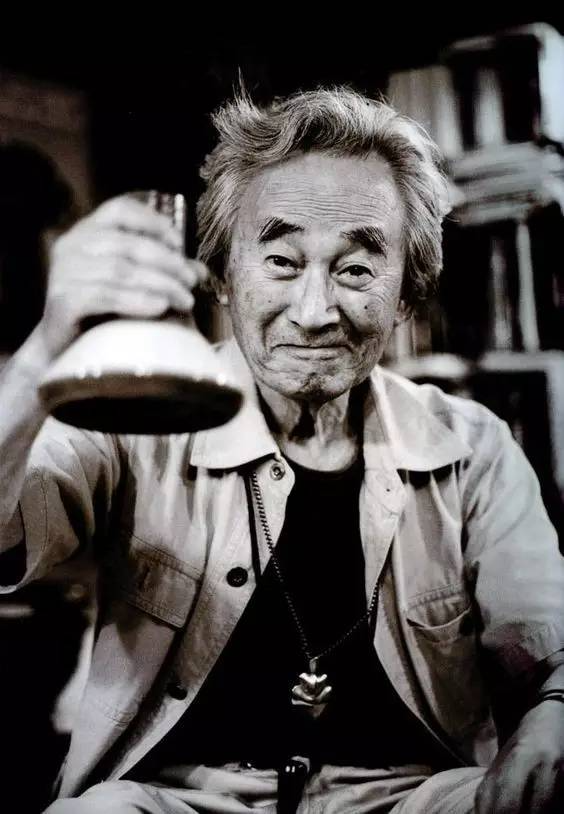
▲ Sori Yanagi 1915―2011
Yanagi's most well-known work is his "Butterfly Stool". Inspired by the plywood furniture designed by Charles and Ray Eames, Yanagi was impressed by their "molded plywood" technique and designed the Butterfly Stool using this technique.
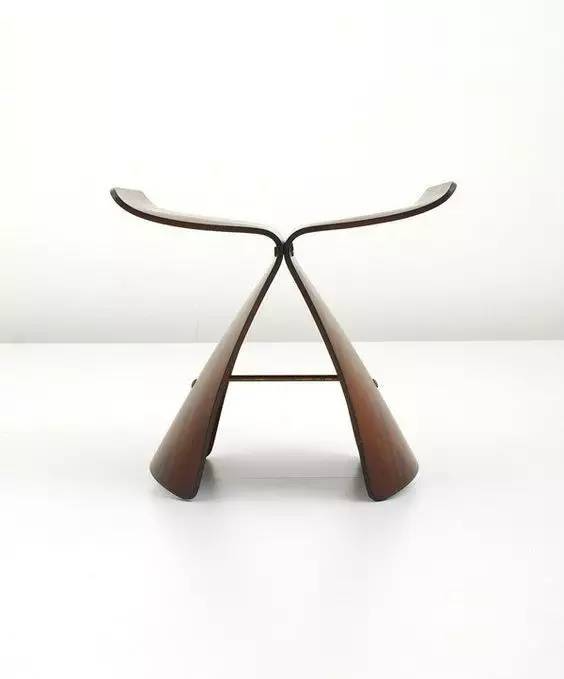
▲ Butterfly Stool
The Butterfly Stool is made of two pieces of bent fiberboard, connected together in opposite and symmetrical directions through an axis. The joint is fixed with screws and copper rods under the seat. The shape is very similar to a butterfly flapping its wings.
It is said that this is a shape that Sori Yanagi accidentally "folded". The handmade arc is not only light, but also feels warm, making people want to touch and use it from the bottom of their hearts.
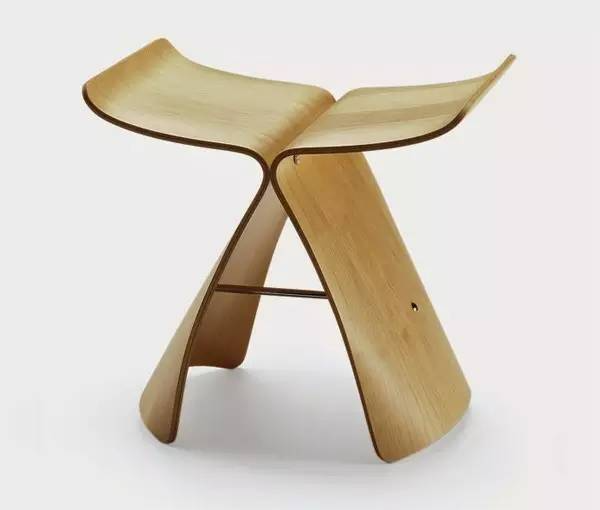
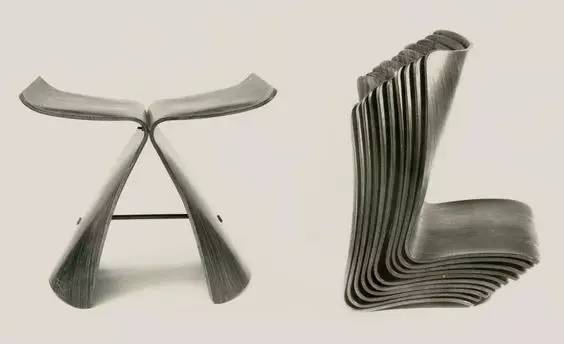
In 1957, the "Butterfly Stool" won the gold medal at the Milan Triennale, marking the first time that Japanese industrial product design made its mark in the international design world. The Butterfly Stool was later selected as a permanent collection of design museums such as MoMA and Vitra, and is a milestone symbol of the perfect combination of Western technology and Asian culture.
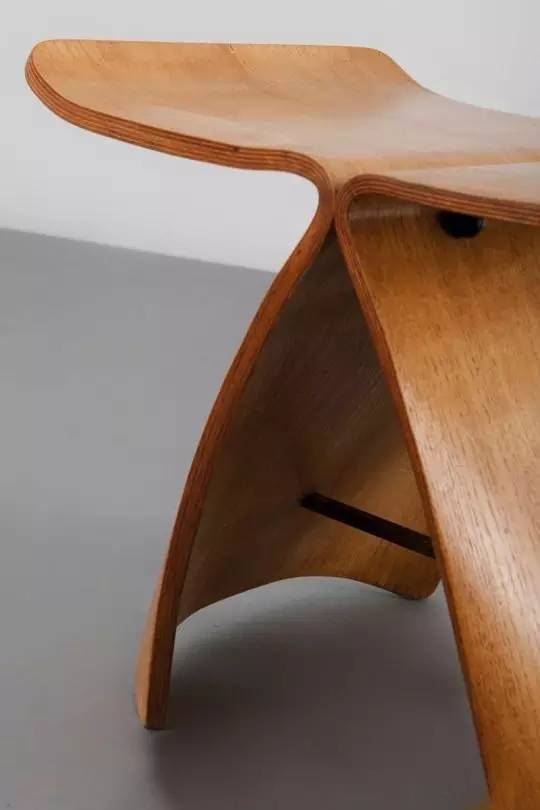
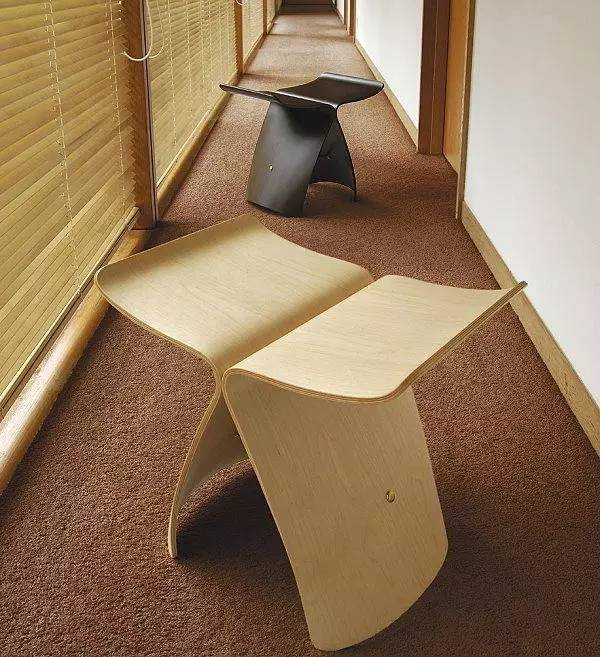
As the son of Soetsu Yanagi, the father of the Japanese folk art movement, the shadow of traditional Japanese folk art can also be seen in Yanagi's philosophy. Yanagi is very persistent in the method of " designing by hand " .
He often does not draw a design, but directly starts to make a life-size plaster model by hand, holding, stroking, thinking, and correcting it. Therefore, his design is very slow to produce, and his design process often takes one to two years or even longer.
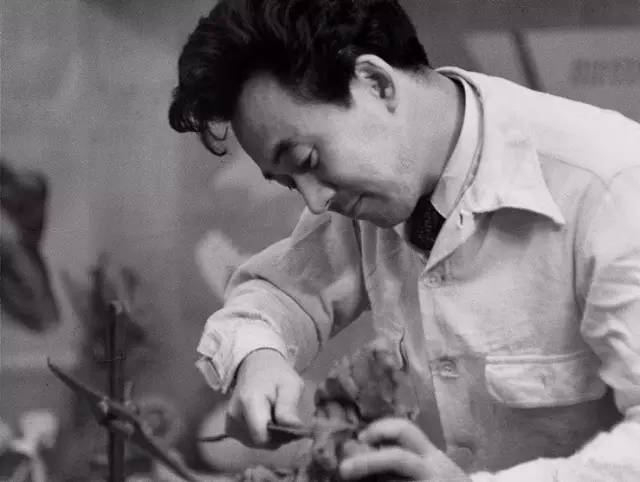
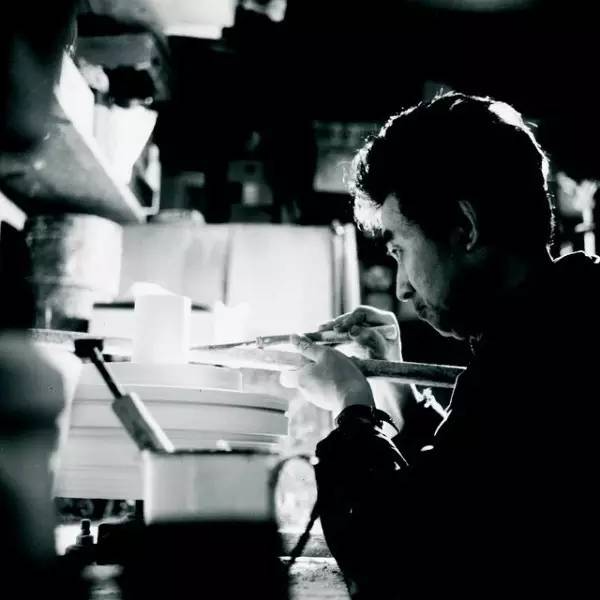
"Feel it with your hands, and you will find the answer in your hands," said Sori Yanagi.
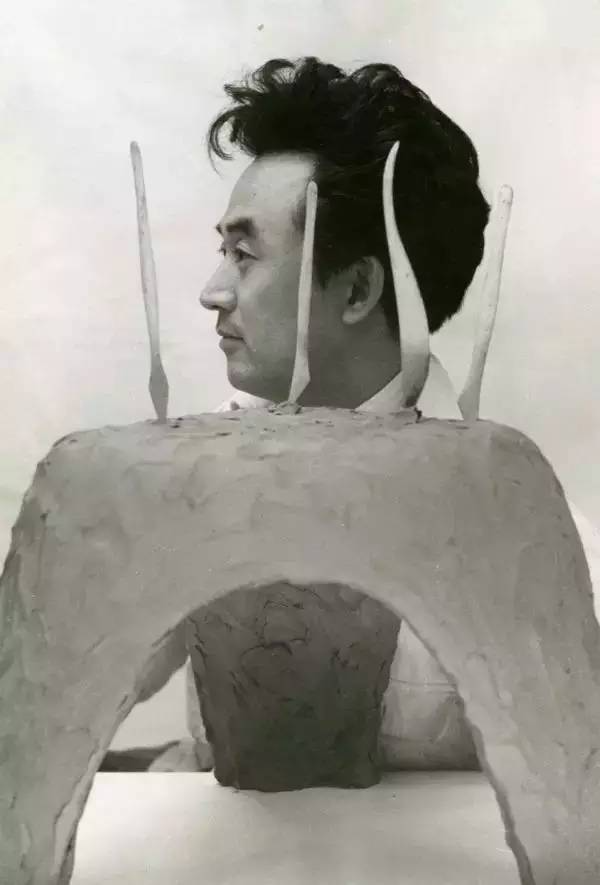
▲ Sori Yanagi and the rough model of the elephant stool he made
The Elephant Stool is another piece of furniture by Sori Yanagi that is world-renowned and widely used in homes and public places. The slightly concave seat and thick legs can steadily bear the weight of the human body like an elephant, and comfortably support the arc of the seat, which is simple yet highly functional.

▲ Elephant Stool


In addition to furniture, Sori Yanagi believed that the aesthetics of daily life began with daily utensils, so he designed many utensils for use in the kitchen and dining table .

The curvature, depth and size of each piece of equipment are adjusted and calculated by hand, and there are slight differences in appearance according to different uses. Not only does it maximize the properties of the material in use, but the appearance also has a consistent minimalist and neat beauty.




Although these daily necessities with minimalist lines may not seem to be of impressive design, they are full of handmade spirit and are very consistent with the philosophy of "beauty of use" advocated by Sori Yanagi.


The stainless steel kettle is the first piece in Sori Yanagi's kitchenware series. The kettle has a larger bottom area, which allows water to boil faster than ordinary kettles. In addition, the lid is also widened to allow people to put their hands in, making it easier to clean. The handle is slightly tilted to reduce the burden on the hand when pouring water.
When designing the kitchenware series, Sori Yanagi used a three-dimensional model to repeatedly verify its ease of use. It took two years for each single product from the initial design to mass production. For example, the soup spoon is designed to be wider than the average spoon to make it easier for people to scoop up soup .


The birch black handle series is also one of Sori Yanagi's representative works. It is widely praised for its affordable price.


Japanese food utensils are the traditional tableware of the Yamato people in Japan. Yanagi Sori painted simple and plain blue patterns on white porcelain, which is simple and elegant. The tea cups are designed to be stackable for easy cleaning and storage.


As a designer, he advocates eliminating everything and pursuing the most comfortable and functional feeling in life, because this is the highest realm of design philosophy.

"True beauty is innate, not manufactured." This is a famous saying of Sori Yanagi.
His designs also pursue this kind of natural beauty. The tools he designed always blend into your life without leaving a trace. The more you use them, the more you can discover their profound meaning.

▲ Sori Yanagi held a solo exhibition in Milan, Italy in 1980 ( Photo by Takanori Sugino )
In his more than 60 years of design career, he has always questioned the value of manufacturing between people and daily objects with his hands, and carefully explored the handmade warmth of daily objects. What he left to the world is not only the works themselves, but also the design spirit and philosophy behind them, which has influenced many designers around the world.
